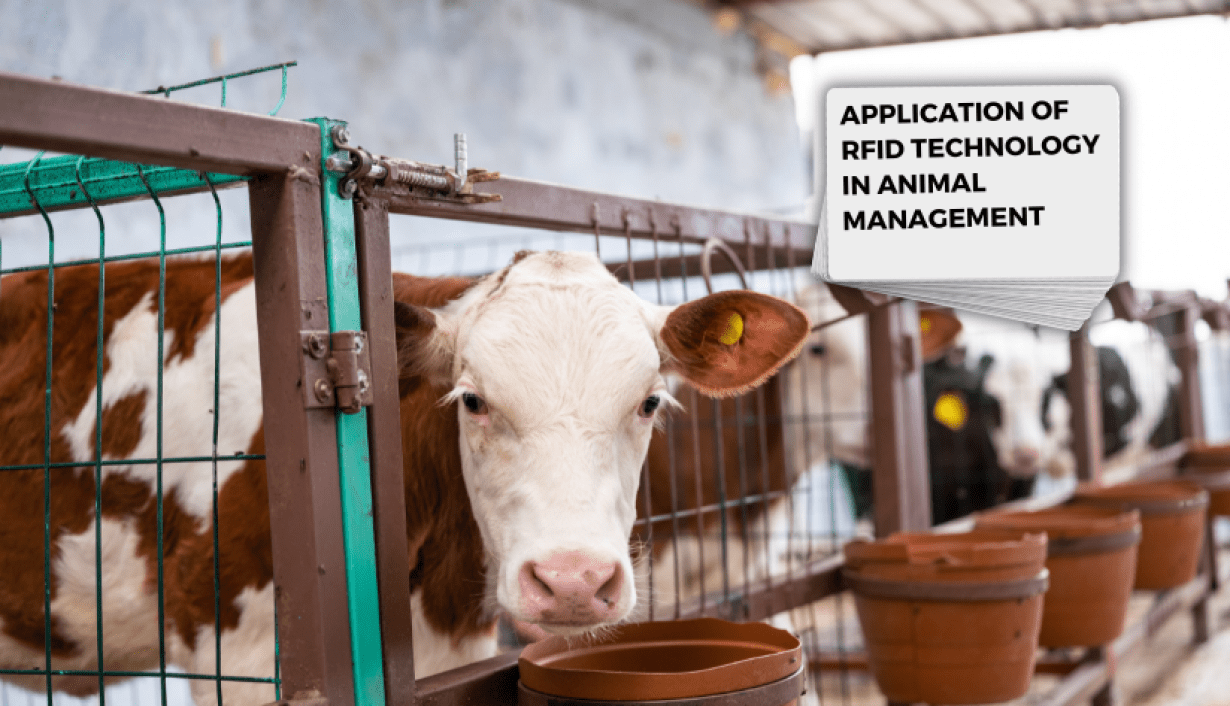
Advancements in technology and societal progress have led to increased standardization within the animal husbandry and pet industries, facilitated by modern technological solutions. Traditional methodologies are increasingly inadequate to meet contemporary demands. This article will examine the rationale for animal identification, the challenges inherent in its implementation, and the solutions offered by Radio Frequency Identification (RFID) technology.
Reasons for Animal Identification
The scale of operations in both animal husbandry and the pet industry renders manual observation of each animal’s condition and behavior impractical. Consequently, animal identification relies on specific methods and technologies. The primary reasons for implementing animal identification systems are as follows:
- Health Monitoring: Animal identification enables the tracking of individual health statuses, facilitating more effective disease prevention and control measures.
- Reproductive Management: Identification technologies aid in recording an animal’s reproductive history, which is essential for genetic improvement programs and strategic breeding plans.
- Property Protection: Animals represent significant economic assets in many contexts. Identification systems deter theft and illicit transactions, thereby safeguarding the property of farmers and pet owners.
- Personalized Care: In the context of pet management, identification supports the provision of tailored care regimens.
Application of RFID Technology in Animal Identification
The advent of RFID technology has revolutionized animal identification practices. RFID tags communicate with readers via radio waves, enabling contactless automatic identification. This technology enhances the speed of recognition and minimizes the potential for human error.
RFID technology operates on the principle of wireless radio frequency communication, facilitating data transmission and identification through radio waves. It has become a prevalent method for animal identification.
RFID Animal Identification Process
- Tag Encoding: Each animal is assigned a unique RFID tag, with its basic information (e.g., date of birth, breed, health status) encoded on the tag’s chip.
- Tag Attachment: RFID tags are affixed to animals via ear tags, injectable implants, or collars.
- Information Reading: When an animal enters the identification range of an RFID reader, the radio waves emitted by the reader activate the tag, which then transmits the stored information back to the reader.
- Data Processing: The information received by the reader is transmitted to a back-end database or management system for data recording, analysis, and processing.
- Information Applications: Animal information acquired through RFID technology can be applied to various purposes, including animal health management, breeding records, and disease tracking.
RFID Chips for Animal Identification
Among the various RFID chips available, low-frequency chips, such as the EM4200 and EM4205/4305, are commonly used in animal identification due to their strong penetration capabilities, resistance to interference, and durability. These characteristics ensure stable operation in diverse environments. Even when implanted, these chips can maintain effective identification over extended periods.
Frequently Asked Questions About Animal Identification
- Do RFID cards have any impact on animal health?
The RFID chips currently in use undergo rigorous testing and have no adverse effects on animal health. They utilize low-frequency signals, emit minimal radiation, and the implanted chips are biocompatible.
- How accurate is the use of RFID cards for animal identification?
RFID technology provides a high degree of identification accuracy. Under ideal conditions, recognition accuracy can exceed 99%. Even in challenging farm environments, high recognition rates can be sustained through appropriate reader settings and chip selection.
- Is the information in the RFID card safe?
The information stored on RFID cards is encrypted and accessible only to authorized readers. Furthermore, read-write RFID chips can be configured with access controls to prevent unauthorized data modification. Consequently, RFID technology ensures the security of animal information.
RFID Card Low Frequency IC EM4205/4305
![]()
Blank or customized printing RFID card with choice of dimensions available. EM4205/4305 contains a factory programmed 32 bit UID (unique identifier number). The communication protocol of EM4205/4305 is compatible with EM4469/4569 family.
RFID Card Low Frequency 125KHz IC EM4200
![]()
The EM4200 RFID cards are made with High-quality PVC sheets in the size of CR80. EM4200 is designed to replace EM4100/4102 and EM4005/4105, which the chip provides higher reading range performances Compared to EM4100/4102 and EM4005/4105. EM4200 is a CMOS integrated circuit intended for use in electronic Read Only RF transponders.

RFID Antenna UHF
15-Meter Cable for UHF RFID Fixed Reader
UHF Tag
4″x2″ 860-960MHz UHF RFID Label RFID M4D
UHF Tag
4″x4″UHF RFID Label Alien H3 | ISO18000-6C
RFID Antenna UHF
5-Meter Cable for UHF RFID Fixed Reader
HF Card
ABS RFID KEY-FOB Tag RFID Classic 1K
HF Card
ABS RFID KEY-FOB Tag RFID Classic 4K
HF Card
ABS RFID KEY-FOB Tag RFID Ultralight C
HF Tag
ABS RFID KEY-FOB Tag RFID Ultralight EV1
LF Card
ABS RFID KEY-FOB Tag ATA5577
LF Card
ABS RFID KEY-FOB Tag EM4200
HF Card
ABS RFID KEY-FOB Tag EM4305
HF Card
ABS RFID KEY-FOB Tag RFID TAG 213